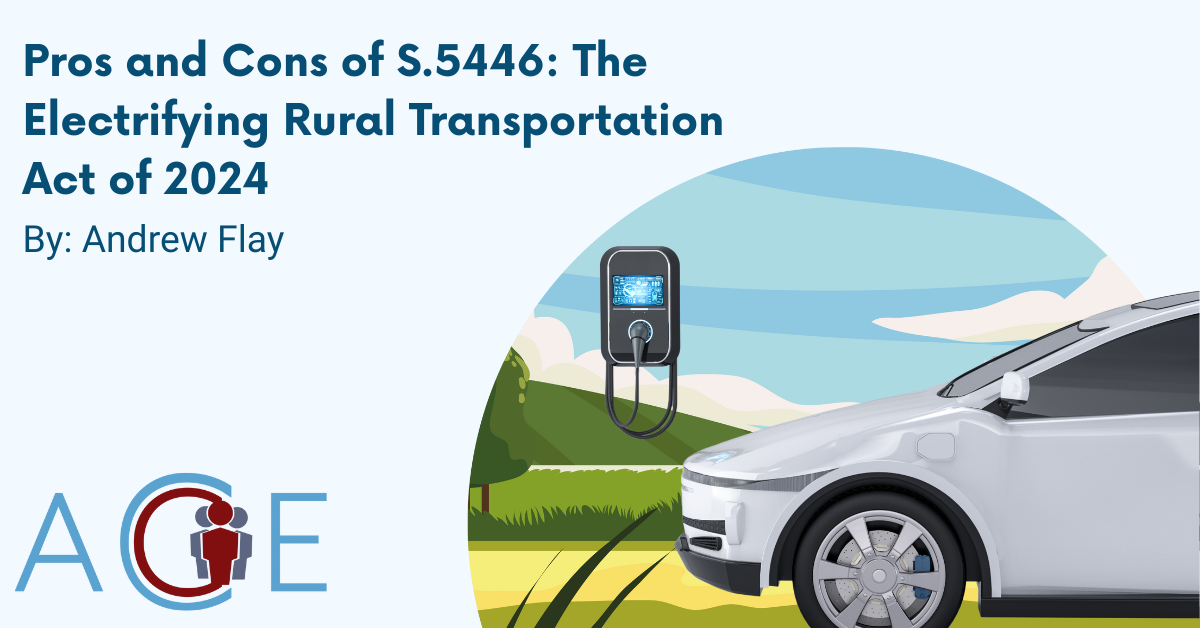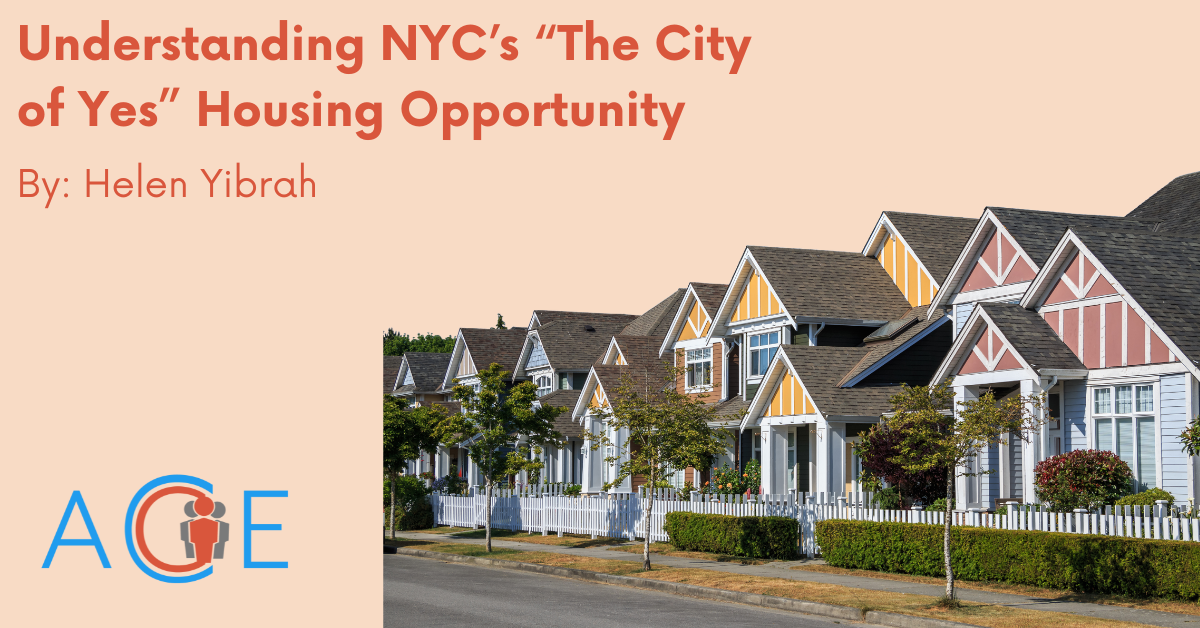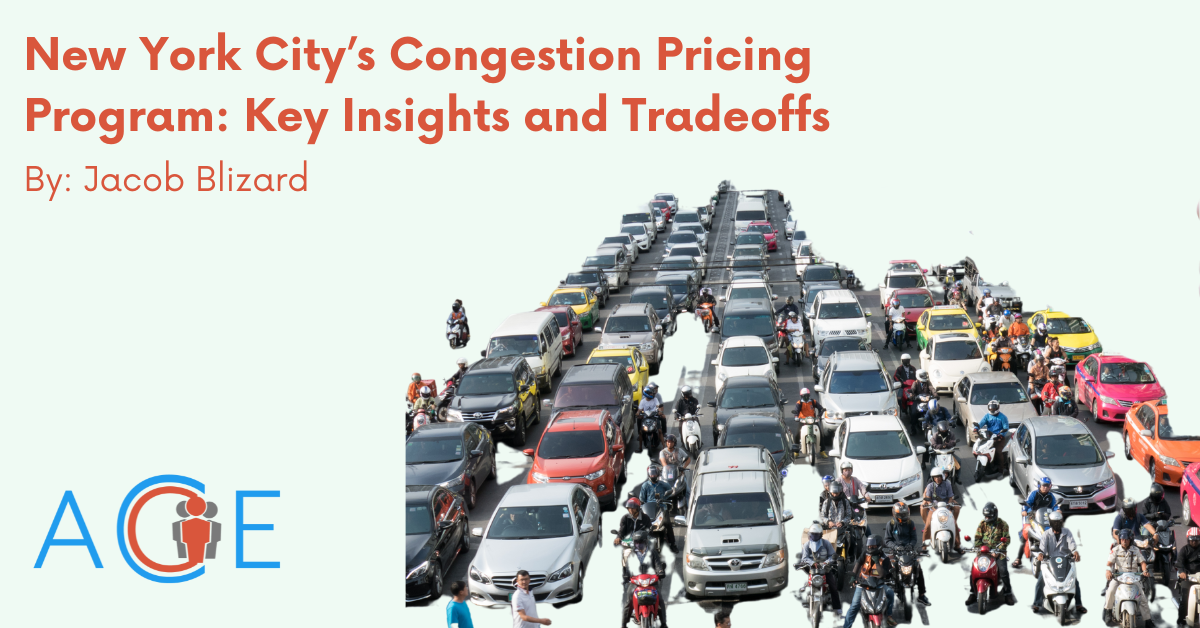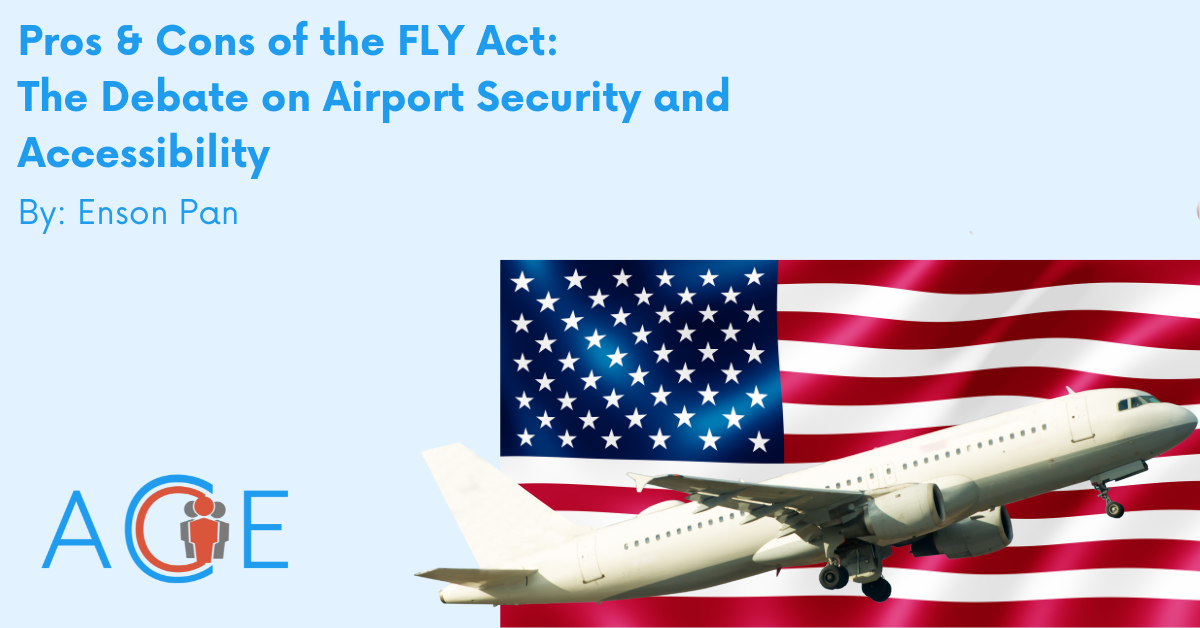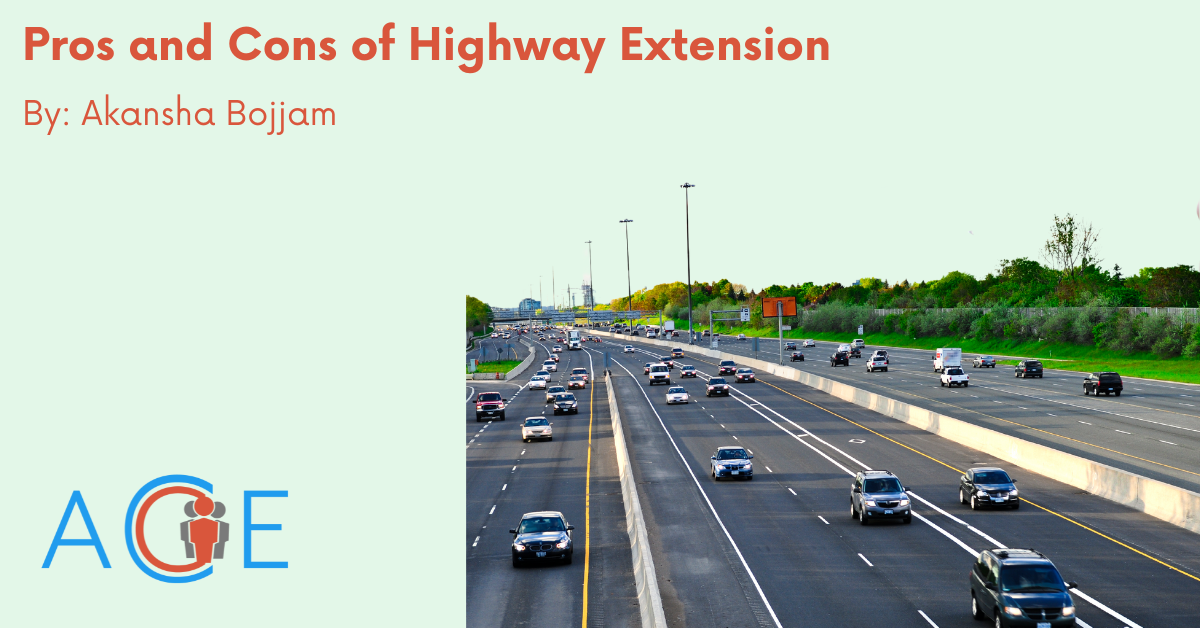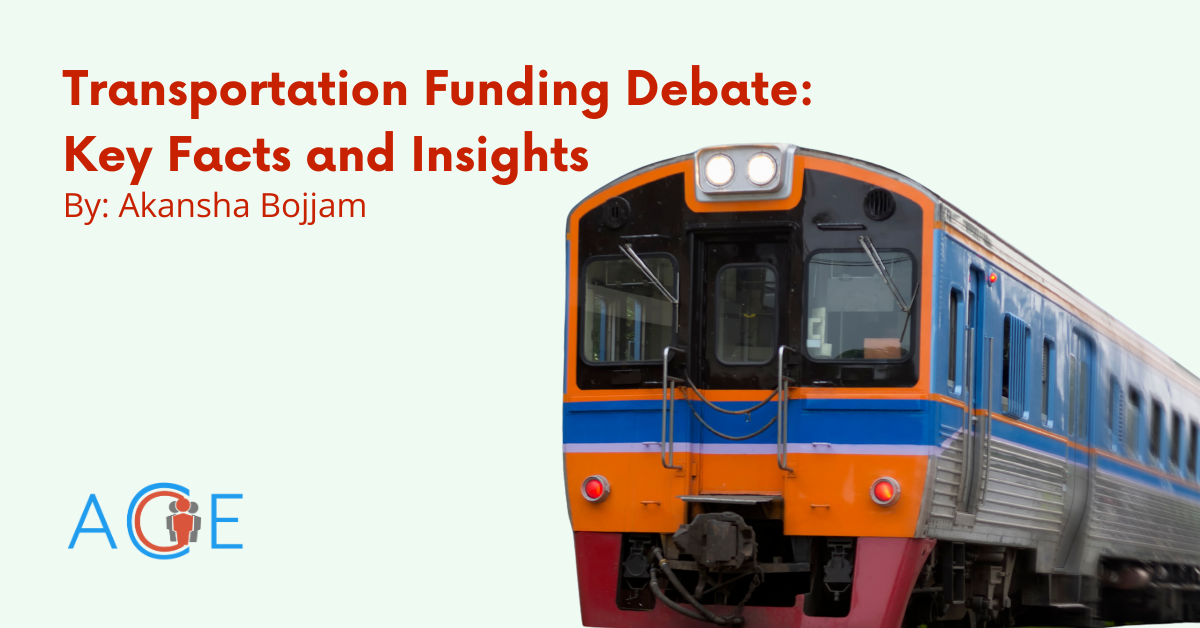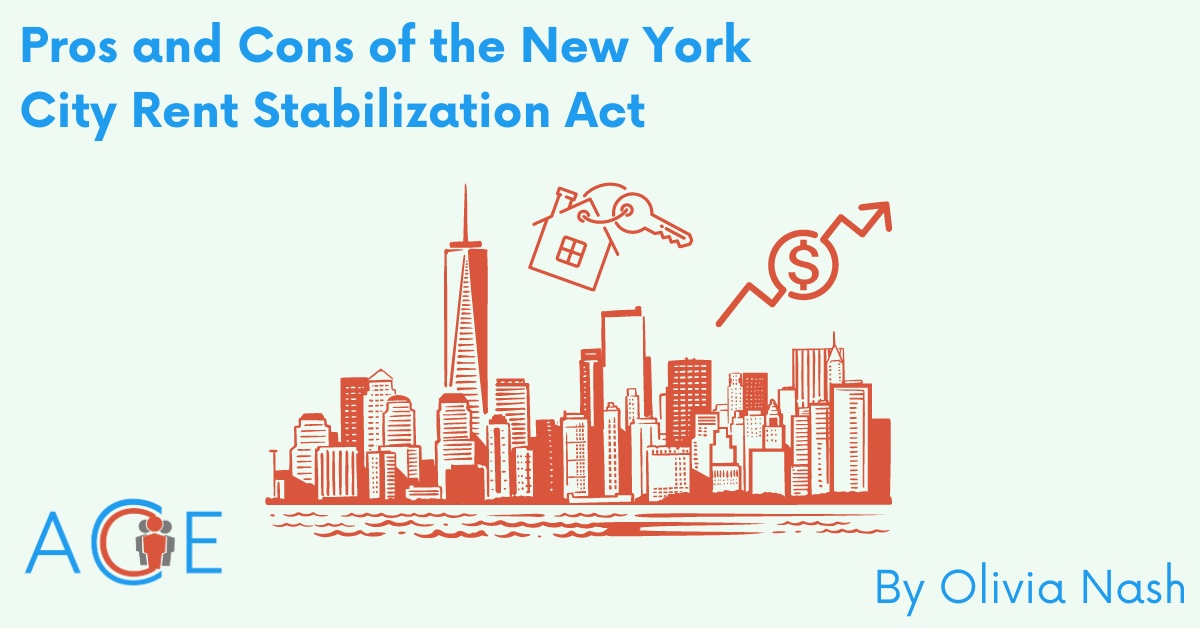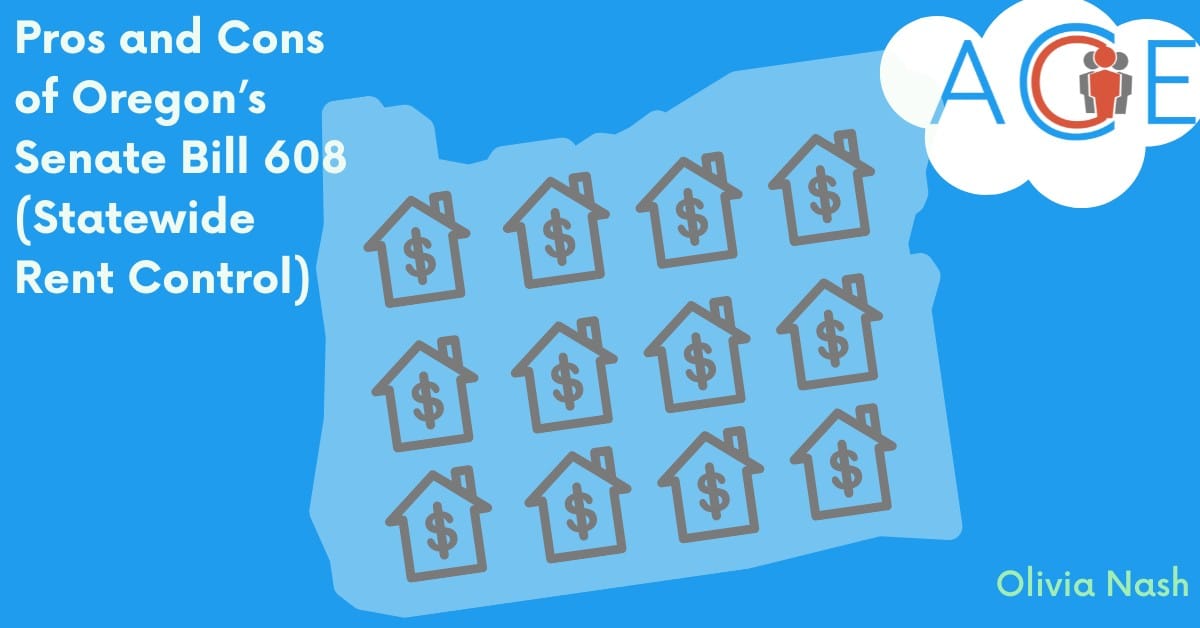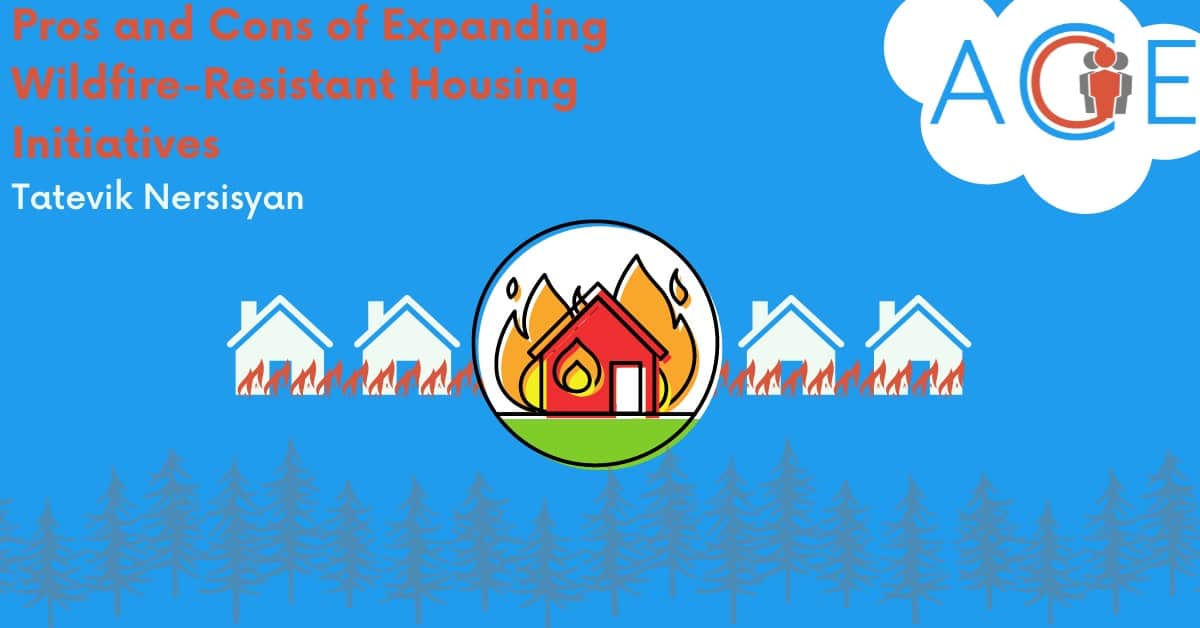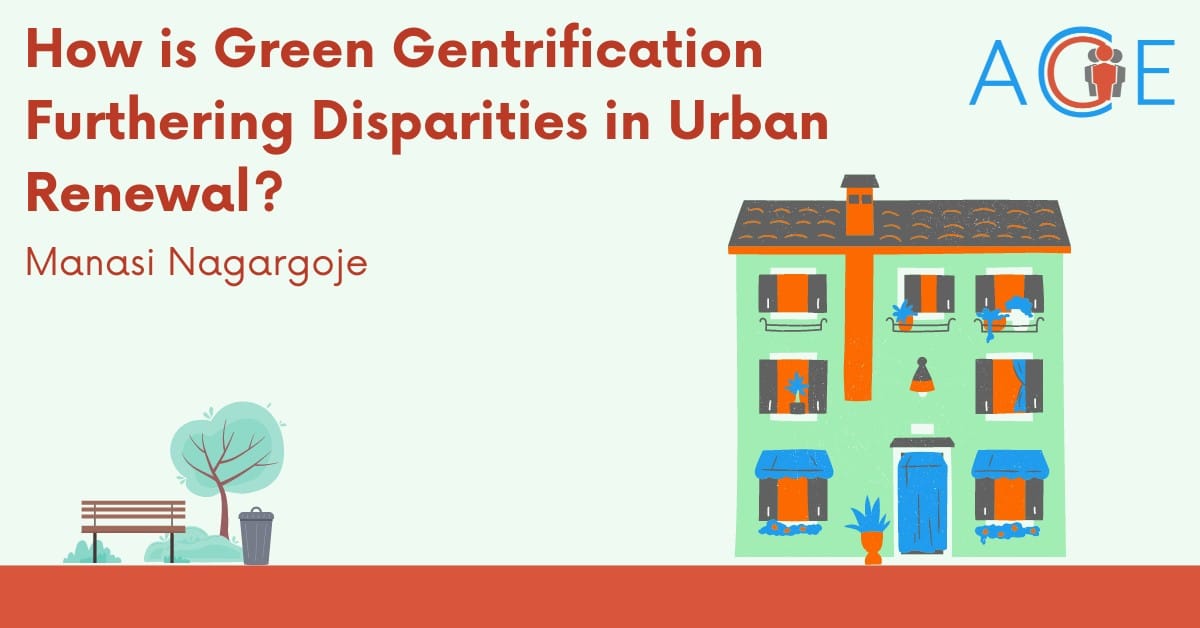Background
Electric vehicles (EVs) have gained significant traction in recent decades due to advances in battery technology, electric motor design, and increasing public receptivity. In the United States, EV sales rose from fewer than 160,000 units in 2016 to more than 1.39 million units in 2023. This surge has been driven largely by declining technology costs, making EVs more accessible to a broader population—including rural communities, which face unique transportation challenges such as long travel distances and low population density.
S.5446 Key Provisions
Introduced in December 2024 by Senator Peter Welch (D-VT), S.5446—the Electrifying Rural Transportation Act of 2024—sought to apply the benefits of EVs to address transportation and microtransit issues in rural areas. The bill’s primary objective was to allocate federal funds to rural communities that want to strengthen their transportation infrastructure with electric vehicles. The bill was referred to the Senate Committee on Commerce, Science, and Transportation, and failed to pass out of committee before the close of the 118th Congress.
S.5446 aimed to address rural transportation challenges through microtransit, a transportation system seen as a middle ground between private vehicles and mass public transportation. The bill text defined microtransit as a “technology-enabled public transportation model” allowing users to “request on-demand rides within a defined service area”. One example of microtransit is the St. Louis Metro’s partnership with Via, which allows commuters to hail buses for on-demand rides within a designated route. Typically, microtransit systems use smaller-capacity vehicles, such as minibuses, which are better suited to rural areas with lower ridership and greater distances between users. Given that microtransit systems are already being piloted across small towns to address transportation deserts and safety issues, the Act sought to incentivize the use of electric vehicles in such programs.
In accordance with the Department of Transportation’s Formula Grants for Rural Areas program, State lands with populations of under 50,000 people or Indian Tribes would have been eligible for Electrifying Rural Transportation funding if the bill had passed. Under S.5446, three categories of projects were eligible for federal funding: (1) the purchase of electric buses, other electric vehicles, and related charging infrastructure; (2) upgrades or renovations to existing facilities to support EV charging; and (3) certain operational costs, including online platforms for scheduling and driver retraining programs.
Arguments Against S.5446
Despite the bill’s clear objectives, several challenges merit consideration. Chief among them are the costs associated with purchasing electric buses, constructing charging stations, and hiring qualified drivers. Furthermore, given that S.5446 was not written in complete language and did not receive mark-ups in committee, one is left to speculate on the proportion of the spending between federal and state contributors. The standard formula for federal grant matching of “capital projects” with similar scope and intent to S.5446 stipulates a 20% contribution by the state to match the 80% provided by the federal government. Thus, even with federal contributions, a substantial expenditure would still fall to the states seeking to implement an EV microtransit scheme.
Another concern is the capacity of local electrical grids. EVs require direct current fast-charging (DCFC) stations to charge efficiently, which can put a substantial strain on power grids. In many rural areas, existing power grids are aging and susceptible to disruption from extreme weather, compounding the challenge.
Beyond infrastructure, implementation involves navigating zoning laws and permitting processes, especially for constructing structures with high energy needs such as DCFC stations and vehicle depots. Rural areas may span multiple jurisdictions, including local governments and tribal lands, requiring coordination among various stakeholders. Additionally, community attitudes may present obstacles. Rural residents, who often depend heavily on gasoline-powered vehicles due to long travel distances, may be reluctant to adopt new technologies. For instance, while only 4% of the U.S. population lives in rural areas, they consume approximately 13% of the nation’s gasoline. The reliance on gasoline also supports local economies, including car repair shops that cater to vehicles subject to harsher road conditions. Studies show that this longstanding environment of gasoline consumption has substantially decreased the likelihood for EV adoption in rural areas, raising questions about the feasibility of S.5446.
Arguments for S.5446
While the bill’s provisions face challenges, S.5446 also offers numerous potential benefits. EVs are more energy-efficient than internal combustion engine vehicles, consuming between 2.6 and 4.8 times less energy per mile. In rural settings, where larger vehicles are common and travel distances are longer, this translates into cost savings. Rural drivers currently spend about 44% more on gasoline than their urban counterparts. Maintenance costs are also lower for EVs, which have fewer moving parts and do not rely on combustible fuels; studies indicate maintenance costs for EVs are approximately 50% less than for traditional vehicles.
In addition, EVs create no emissions as a by-product of their operation. Currently, the transportation sector contributes about 28% of U.S. greenhouse gas emissions, with ground vehicles accounting for over 80% of that total. Expanding EV usage, even in rural areas with small populations, could help reduce these emissions meaningfully.
Beyond operational efficiencies and environmental gains, S.5446 addresses longstanding gaps in rural transportation. Traditional public transit systems are often financially unviable in rural settings due to low ridership and dispersed populations. Microtransit, especially when paired with EVs, offers a cost-effective alternative. This is particularly important for older, lower-income residents or those in zero-car households—populations found disproportionately in rural areas—who often lack access to any form of personal transportation. One relevant example is the METGo! program in Wise County, Virginia. METGo! is a publicly funded microtransit initiative that mirrors S.5446’s microtransit objectives, though it does not currently use EVs. Since its launch, METGo! has more than doubled rural transit ridership, highlighting the potential impact of such services.
Last, public opinion on adopting EVs in rural communities has been steadily uptrending despite these populations’ longtime reliance on gasoline-powered vehicles. In the general population, EV use is rising exponentially. Proponents of S.5446 argue that any step towards electrifying transit aligns with this trend in public opinion.
Conclusion
The Electrifying Rural Transportation Act of 2024 represents a comprehensive legislative effort to extend EV benefits to rural communities through enhanced microtransit systems. By enabling access to federal funding for EV acquisition, charging infrastructure, facility upgrades, and operational support, S.5446 lays the groundwork for a new model of rural transit. While the bill faces logistical, financial, and public opinion-related hurdles, its potential to address efficiency, equity, and environmental concerns makes it a notable proposal in the evolving landscape of transportation policy. The bill has yet to be reintroduced in the current Congress, but it is likely that attempts to engineer solutions for rural transportation will remain at the forefront of related legislation for decades.
